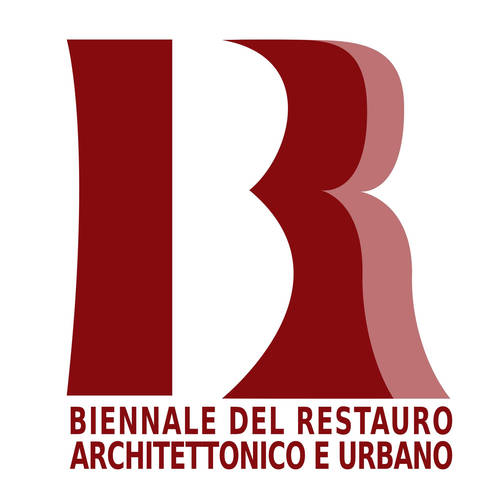A great challenge: to reverse the current trend of exploiting rural (architectural and territorial) testimonies for the sole purpose of encouraging tourism development.
ICOMOS and UNESCO place great emphasis on small rural communities and their integration in cultural tourism. In particular, the agricultural testimonies scattered in the territory and connected to agricultural activities (production, storage, local transport) represent a great opportunity to integrate this heritage to the development of cultural tourism. Healthy food, traditional methods of food production, traditional knowledge of processing, storage and transport of agricultural products are all very timely aspects that ICOMOS places in the foreground in the 18th General Assembly held in Florence in these days, with the symposium “Heritage and Landcapes as Human Values”.
However, these testimonies are often used primarily to produce tourism, with questionable results and negative impact on the environment and our daily lives.
What are the causes of this negative impact? They can be summarized in two main categories: excess of fruition or, on the contrary, lack of fruition, with a consequent fall in both their social value and their active role in the present.
But fruition is also involvement, and therefore participation and recovery of the universally recognized values in them; that is, protection is the only means of valorisation.
The round table that the CICOP Net Confederation promoted within the ICOMOS seminar in Florence and the 3gA in Pistoia, wants to launch a major challenge – which we hope will produce ad hoc ideas and solutions – that is that tourism itself may come to the aid of territorial resources and not vice versa. Especially as these resources are still capable of producing well-being and improving the quality of our lives.
In this Round Table we do not want to report errors committed in the past, when places and agricultural products have been exploited for the sole purpose of producing tourism. For this aspect, for over a decade, we have been promoting an international seminar that takes place every two years in various countries of the world, precisely from the title “Risks and Remedies”, which highlights in particular “the importance of places” and has reached its sixth edition, which will be celebrated next year in Sao Paulo, Brazil. Our intention, on the other hand, is to propose remedies, on the basis of the documentation already collected and of the ideas that may spring, hopefully, in this debate open to all.
In Italy and in all the Balkan countries there is a wide range of such rural testimonies, often with characteristics that are common in the various countries; I mention as an example the agricultural terraces of the Cinque Terre in Liguria, the former Masserie della Puglia and the tobacco depots in Thrace, Greece. Examples that will be treated among others by the speakers who honor us for their presence in this Round Table.
These are often testimonies that attract tourism, but that, through the manipulation in favor of tourism development, have lost their intrinsic values, i.e. those values that have made them attractive to the effects of tourism and that have allowed it to be transmitted until to the present day. For example, the terraces of the Cinque Terre, which represent a titanic and secular work of man who has bent nature to his needs, patiently replacing the dense original forests with terraces for the cultivation of grapes for a length of 6729 km.
These Ligurian terraces, built with dry stone walls, were and still are today used for the cultivation of grapes, and not only have contributed decisively to the hydrogeological stability of the slopes and inhabited centers below but have also created a unique landscape in the world. However, the tourist attraction was not enough to save this precious biosystem: on the contrary, it produced a progressive abandonment of the agricultural activity for which they had been realized, with consequent environmental degradation and very serious landslides that also involved the underlying dwellings.
Let me briefly add some personal considerations on the subject.
We must protect these landscapes of exquisite beauty or of technical / scientific and environmental relevance because, over millions of years, humanity, living and evolving in natural environments, has come into harmony with the beauty and biodiversity of Nature. Moreover, every agricultural landscape modeled over the centuries by humans to satisfy their needs, incorporates a series of practical, social and technical information that we really need to know and follow as examples to be respected. It is basically about extending the concept of monument beyond the great artifact, up to traditional production methods and useful objects of the past, a concept that is not universal, but which could contribute to nourishing a long-lasting and necessary social cohesion. It is my opinion, in conclusion, that these needs are much more important for the contemporary man than is usually believed. Especially because this category that I indicate as “other monuments” also offers many other and more tangible gratifications, such as the increase in revenue thanks to the tourism industry.
I would like to thank the opportunity that we are offered to participate in this 3gA seminar organized by our Secretary General, Arch. Paolo Caggiano and in particular I thank the Mayor and the Councilor for Culture of the Province who honor us with their active participation, and colleagues from distant countries (Bosnia, Greece, Iran and Brazil), and from Tuscany and Puglia.
Nina Avramidou
November 13, 2014

















